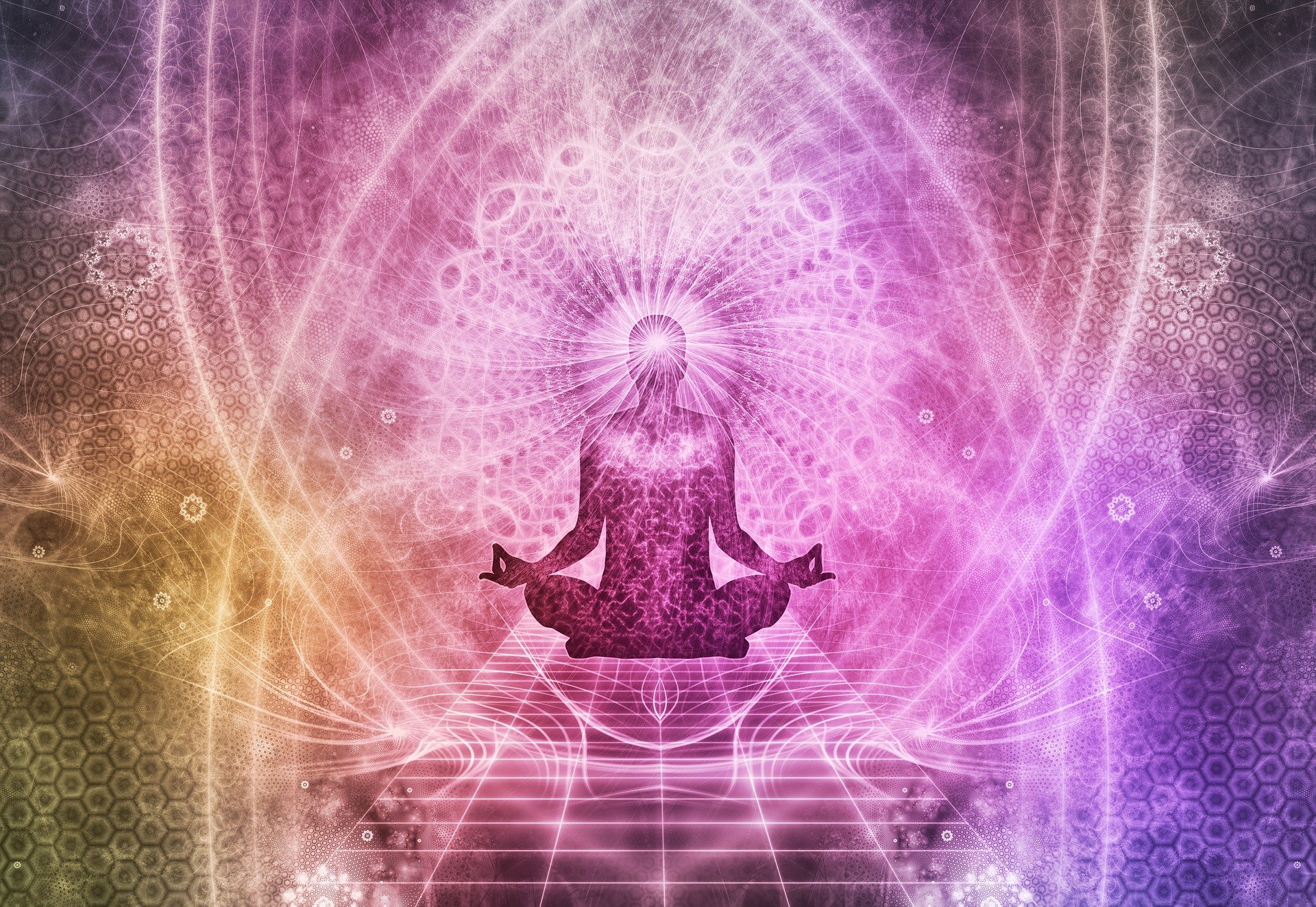
Light, both natural and artificial, plays a significant role in our mental well-being. Exposure to different types of light can profoundly impact our mood, sleep patterns, and overall psychological health. Understanding the relationship between light and mental well-being is crucial for maintaining a healthy balance in our daily lives.
1. Natural Light and Mental Health:
Sunlight Exposure: Sunlight is a key source of Vitamin D, which is important for maintaining mental health. Low levels of Vitamin D have been linked to disorders like depression.
Circadian Rhythms: Natural light helps regulate circadian rhythms, which are critical for maintaining a healthy sleep-wake cycle. Disruptions in these rhythms can impact mental health.
2. The Impact of Seasonal Changes:
Seasonal Affective Disorder (SAD): Reduced sunlight in winter months can lead to SAD, a type of depression related to changes in seasons.
Light Therapy: Exposure to bright light, particularly in the morning, can be an effective treatment for SAD.
3. Blue Light and Technology:
Screen Time: Prolonged exposure to blue light from screens can disrupt sleep patterns by suppressing the production of melatonin, a hormone that regulates sleep.
Digital Eye Strain: Excessive screen time can lead to digital eye strain, contributing to discomfort and stress.
4. Artificial Lighting in Workspaces:
Workspace Lighting: Poor lighting in workspaces can cause eye strain, headaches, fatigue, and stress, all of which can affect mental well-being.
Optimal Lighting Conditions: Adequate, comfortable lighting can improve mood and productivity in the workplace.
5. The Therapeutic Use of Light:
Phototherapy: Used for various conditions, including certain skin disorders and neonatal jaundice, phototherapy also shows promise in treating mood disorders.
Meditative and Relaxation Techniques: Certain forms of meditation and relaxation that focus on light visualization can promote mental tranquility.
6. Managing Light Exposure:
Reducing Blue Light Exposure: Limiting screen time, especially before bed, can improve sleep quality.
Maximizing Natural Light: Spending time outdoors or in well-lit areas during the day can boost mood and energy levels.
7. Color Psychology and Lighting:
Color Temperatures: Different colors of light can evoke different emotions. For instance, warm light is often found to be comforting, while cool light can be energizing.
8. Nighttime Light Exposure:
Darkness and Sleep: Exposure to light during nighttime can disrupt sleep. Using dim or red-toned lights in the evening can help prepare the body for sleep.
Conclusion:
Light plays a multifaceted role in our mental well-being. By understanding and managing our exposure to different types of light, we can positively influence our mood, energy levels, sleep quality, and overall mental health. It’s about finding the right balance of natural and artificial light to suit our individual needs.
